FAA Transponder Requirements Explained
Pilot Institute
DECEMBER 27, 2024
The Federal Aviation Administration (FAA) has rules to keep air travel safe, and one big part of that is making sure airplanes have the right transponders. Transponders are an important part of an aircraft’s avionics system and help with tracking and safety. Key Takeaways Transponders aid ATC, safety, and tracking.

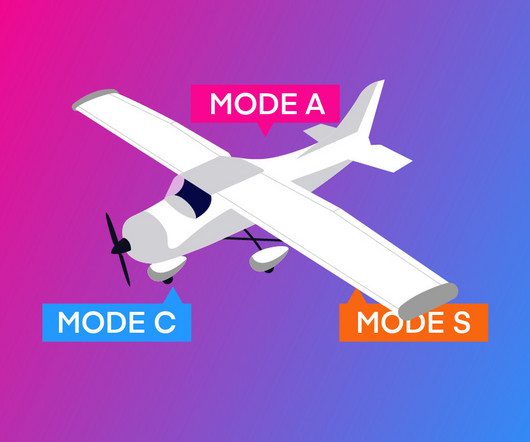
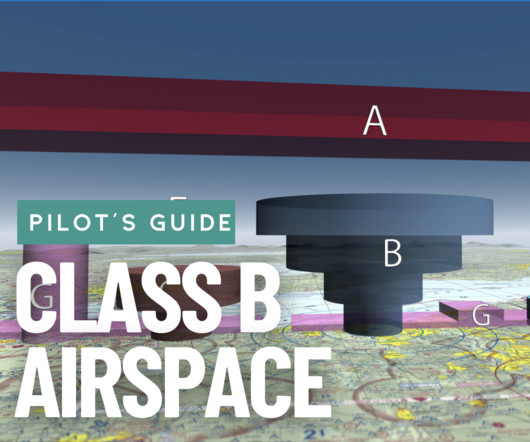
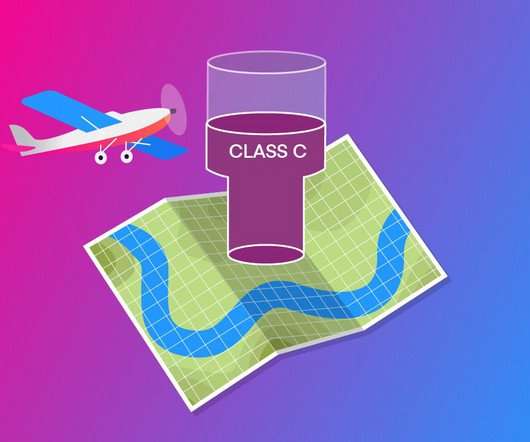
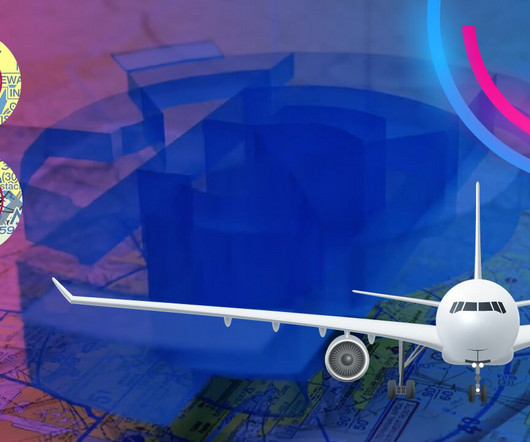
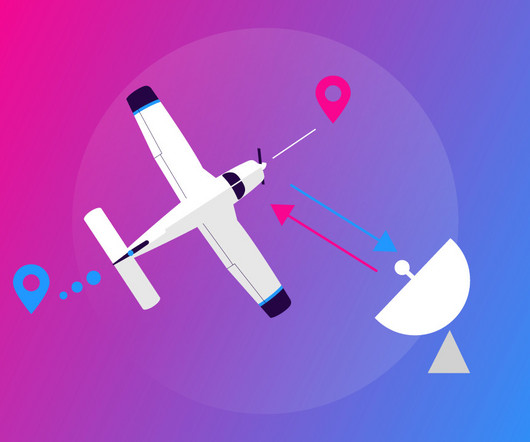







Let's personalize your content